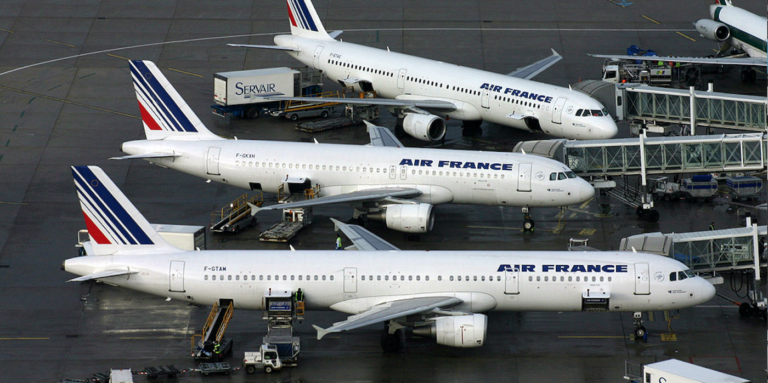Flight movements in Europe have hit 7,000 for the first time since March, with volumes expected to nearly double in the next month as coronavirus travel restrictions begin to ease.
Traffic jumped 9% (+622) movements between 3-10 June, EUROMONITOR figures revealed.
The rebound is set to gather pace in the next two weeks as Schengen member states lifted travel restrictions and North American airlines expand transatlantic services, the data provider said.
Analysts expressed growing optimism that flight movements could now recover to 60% of 2019 levels as early as September, providing EU countries adopt a coordinated approach to a restart.
EUROMONITOR analysis said: “[The] Trend is up, with a large pick-up expected from 22 June. By mid-July, we expect 12,400 flights, which is expected to rise as more flights are lodged (mainly intra-European).”
A rise in transatlantic activity was also likely to fuel that projected growth according to EUROMONITOR. The latest schedules data showed that capacity from and within North America was expected rise 32% from June compared with May. United, Delta and American Airlines are all set to reintroduce routes into Europe in June and July, EUROMONITOR said.
Expanded activity had also been aided by roll out of EASA/EDC protocols on modifying air travel protocols to ensure passenger and employee safety in the wake of Coid-19. However, “the temptation to locally modify them is not helpful,” EUROMONITOR warned.
Overall, there were 7,232 flight movements on 10 June – the highest tally since 22 March.
Turkish Airlines was the busiest airline with 310 movements, followed by DHL Express (255), Widerøe (250), Lufthansa (176) and SAS (143). Wizz Air recorded 50% week on week growth in flight movements as it re-established its route network. Istanbul (including Ataturk, New Istanbul airport and Sabiha Gökçen) was the busiest airport area with 437 movements followed by Paris Charles De Gaulle and Frankfurt.
Despite the upward trajectory – Europe saw an overall decline in flight movements of almost 80% compared to the same period in 2019. However, a continued coordinated and successful restart to operations could see the gap narrow to 62% in July and then 50% in August according to forecasts.
This story first appeared on our sister site, Ground Handling International.





